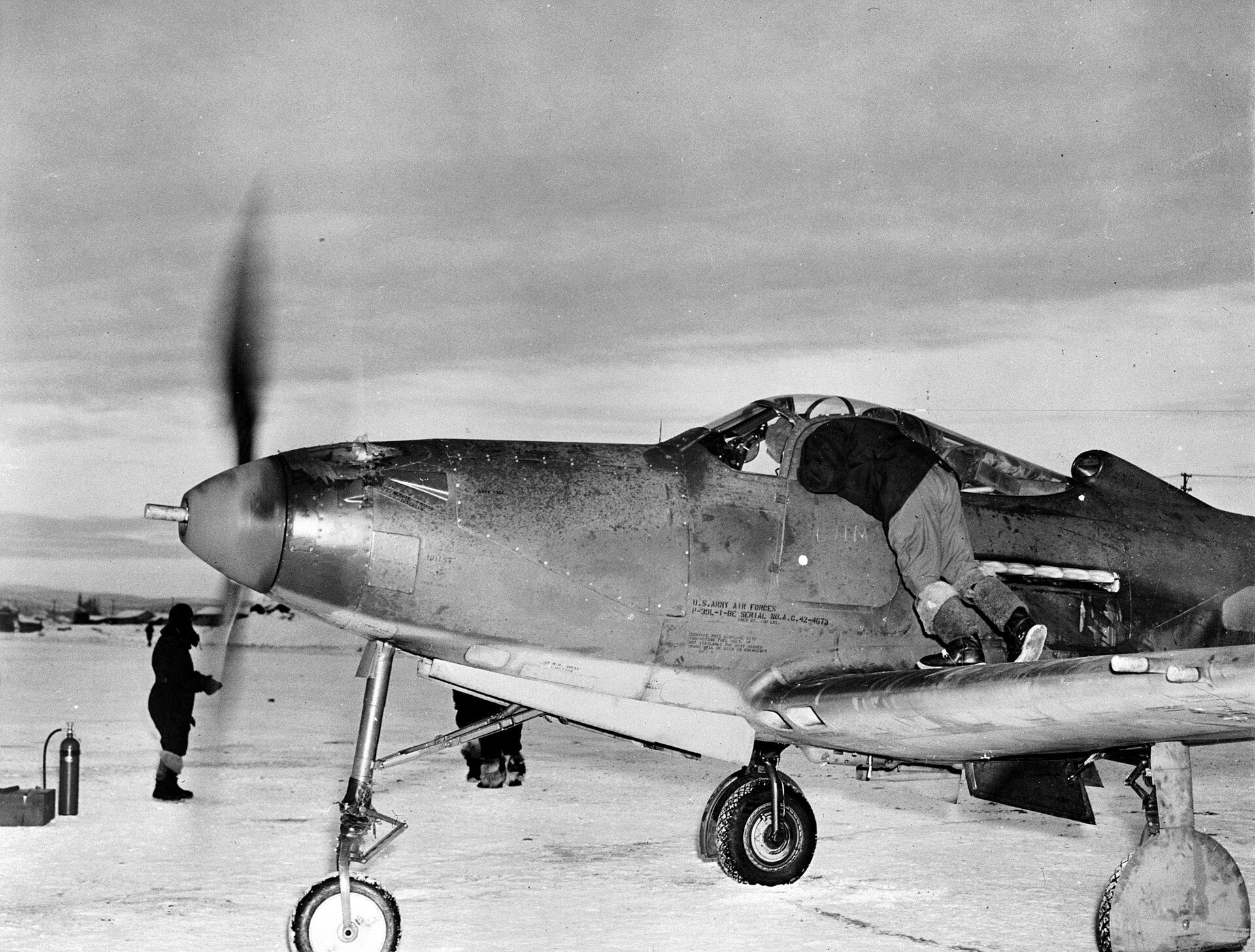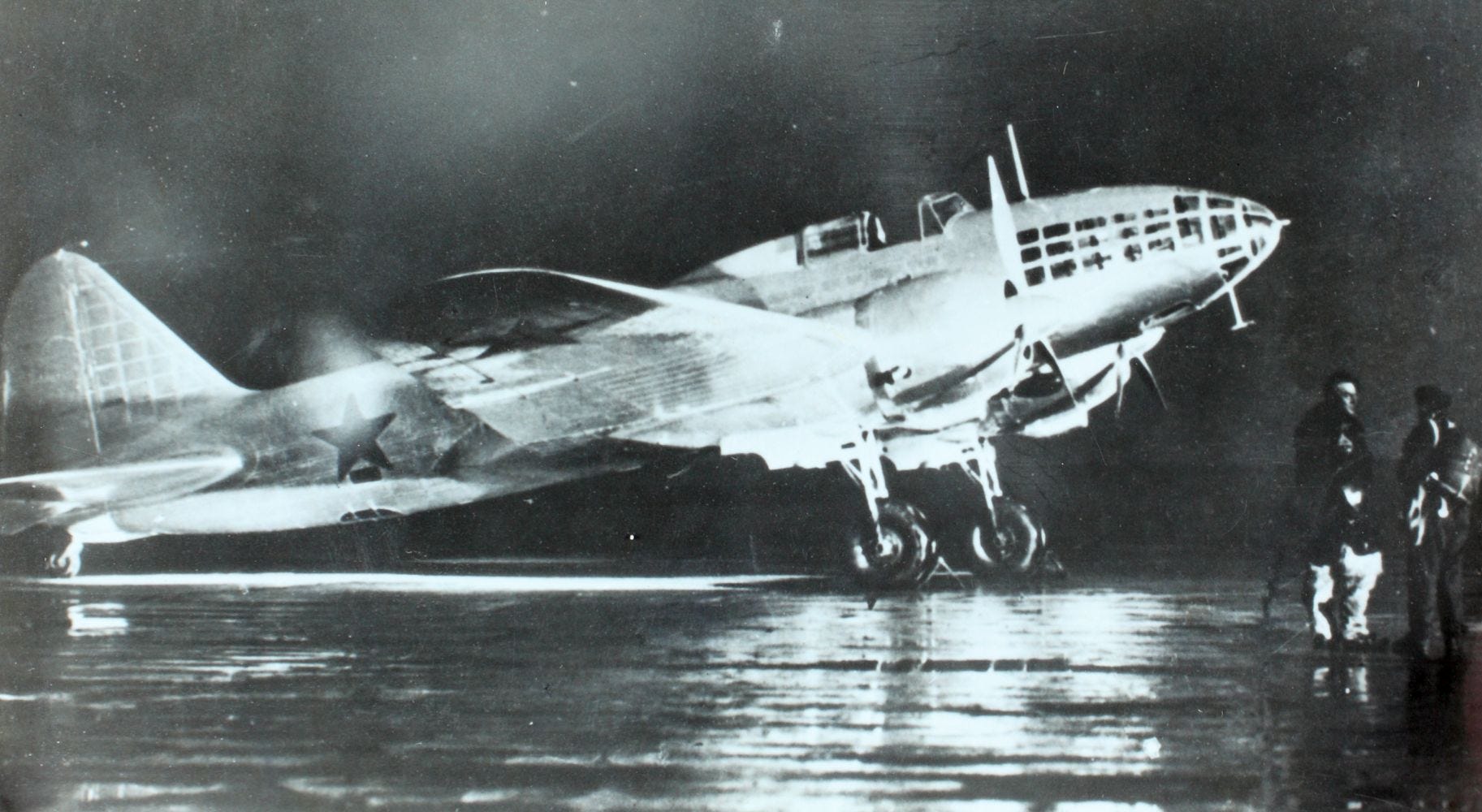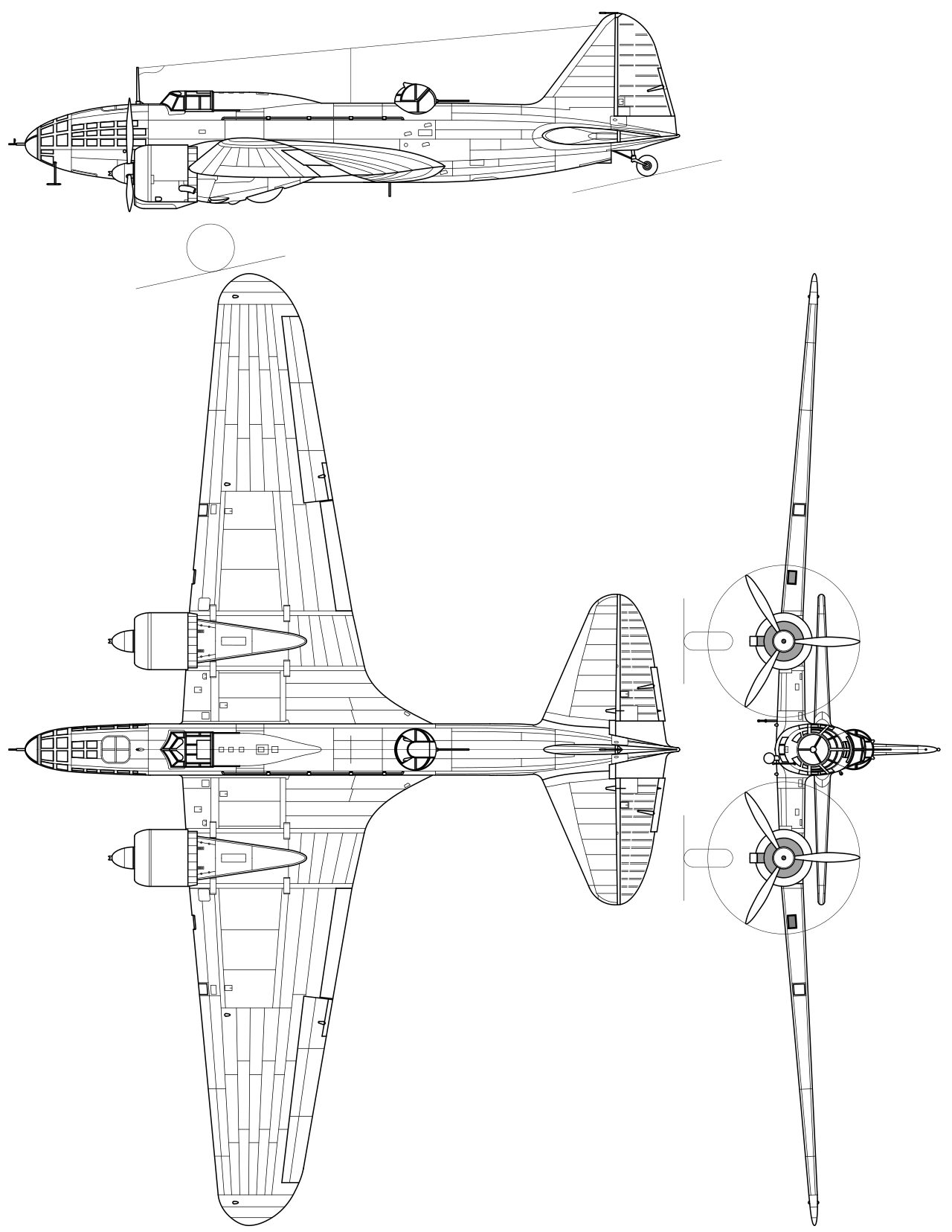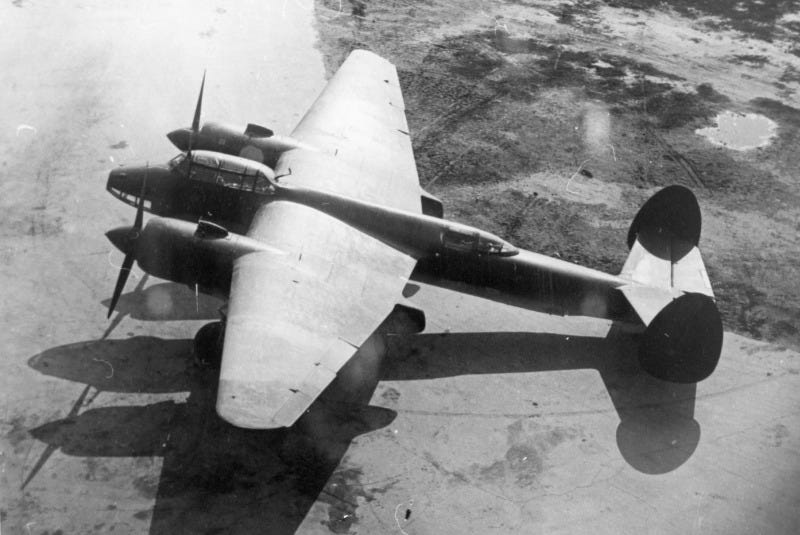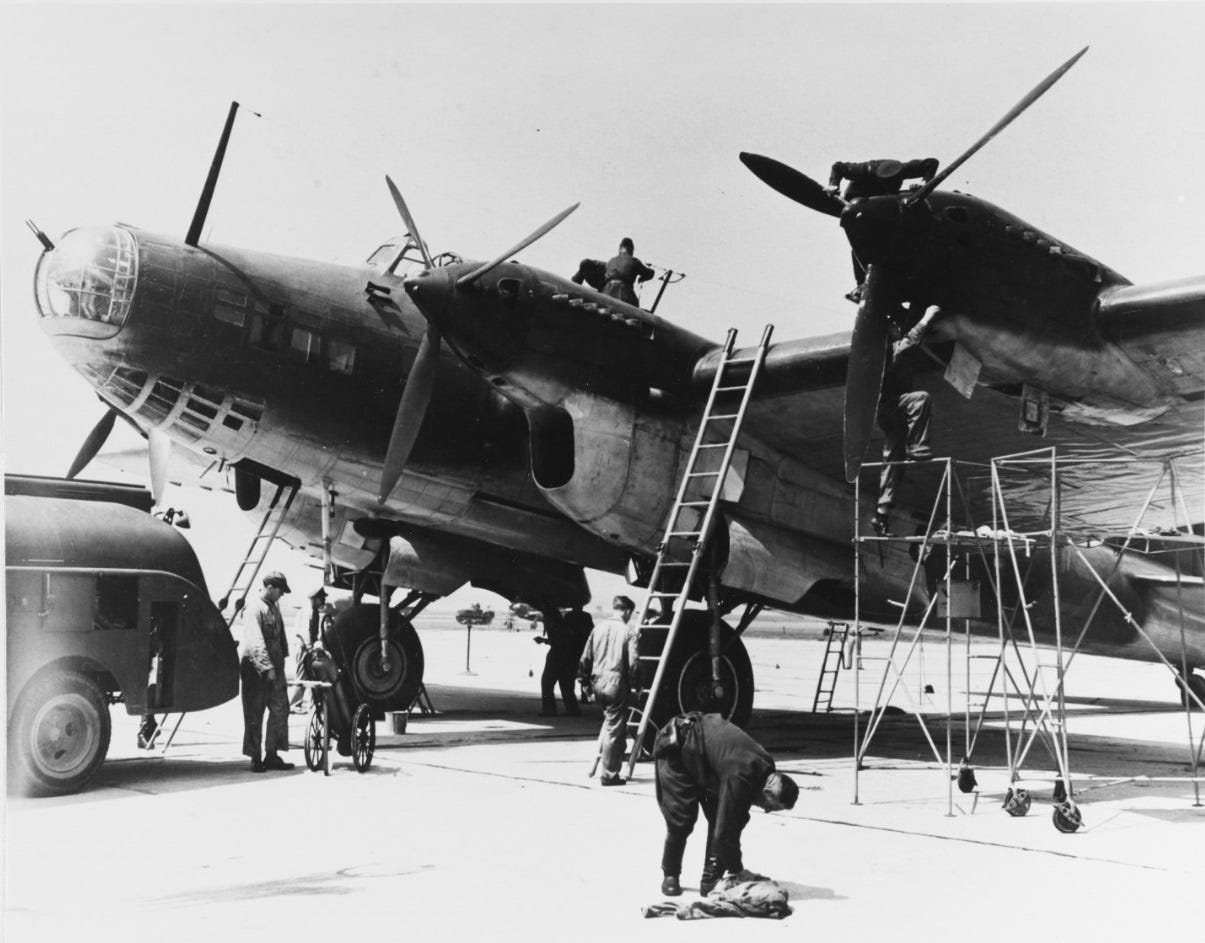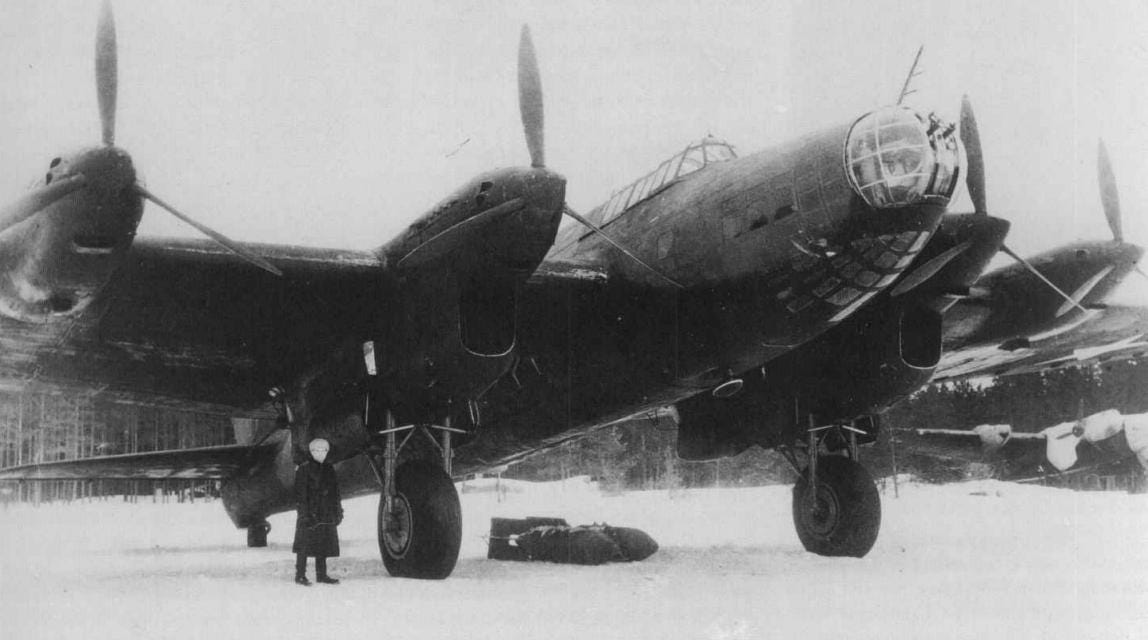Top 10 Soviet Warplanes of World War II
Yak in the USSR!
Despite being the world’s largest air force, the Soviet Air Force (Voenno-Vozdushnye Sily or VVS) was caught on the back foot by the German attack on 22 June 1941. On the first day alone, an astonishing 2,000 Soviet aircraft were destroyed on the ground. Emerging from this calamity over the brutal years of the Great Patriotic War, the VVS returned with ever more potent aircraft in increasing numbers. Soviet combat aircraft tended to be tough, able to endure the roughest airfields and climatic extremes, and easy to manufacture in enormous numbers. Here are ten of them.
(A transport aircraft of critical importance to the Soviets was the Douglas C-47, and the inferior Soviet copy, the Lisunov Li-2, and these certainly merit a passing mention.)
10: Bell P-39 Airacobra
The radical Bell P-39 Airacobra was an American aircraft that proved unpopular in US and British hands but proved ideally suited to the Eastern Front, and was the most successful of the Land-Lease fighters serving with the USSR. It proved formidable and earned the affectionate nickname of Kobrushka (‘Little Cobra’).
The P-39 was unlike any other World War Two fighter in having the engine behind the pilot combined with another at the time unconventional feature, a tricycle undercarriage. Today, all fighters have a tricycle undercarriage with the smaller central landing gear at the front, but in the war, the norm was to have it at the rear in the ‘tail-dragger’ configuration.
The sturdy P-39 had a combination of a heavy-hitting 37-mm cannon in the nose, forgiving take-off and landing characteristics from rough airfields and excellent manoeuvrability. Its lack of high-altitude performance was little issue on the Eastern Front, where most combat occurred at low altitudes.
As Soviet aircraft production facilities fled eastward, there was a temporary shortage of fighters, and the delivery of the P-39s was extremely timely. Ultimately, the P-39 story became largely a Soviet affair, with around half of all the P-39s serving in the USSR. Soviet fighter pilot Grigory Rechkalov shot down 48 enemy aircraft while flying the P-39.
9: Ilyushin Il-4
The DB-3 was the first all-metal long-range bomber used by the Soviet Air Force. Though impressive in many ways, it was far from perfect and took an enormous effort to build: 30,301 man-hours per aircraft. To rectify this, and enhance performance and reliability, the DB-3F was created.
Embracing new construction techniques, learnt from American designs, and a raft of other improvements, the F soon became a radically new design in its own right. The DB-3F took far less time to build, with man hours per aircraft more than halved to a figure of 14,331 (and later reduced even more dramatically).
Pushed into an unsuitable emergency tactical role following the invasion, the DB-3F endured high losses. As a long-range bomber it was used to attack Berlin. The DB-3F was redesignated ‘Il-4’ in early 1942. The Il-4’s impressive range enabled it to be used for strategic missions.
The DB-3 and IL-4 both had torpedo bomber variants known as the DB-3T and Il-4T respectively. The Il-4T proved capable in both Western operations and fleeting (but frenetic) action in the Pacific in the closing days of the war. A total of 5256 IL-4s were manufactured
8: Lavochkin La-5FN/ La-7
Lavochkin reinvigorated the lack-lustre LaGG-3 fighter, by replacing its inline 1260 horsepower (940kW) Klimov-M 105PF engine with the Shvetsov M-82 radial engine. The new aircraft, the La-5, was massively improved with this new 1649 horsepower (1230kW) engine. The first La-5 was completed in December 1941, two months after design work began.
It was further improved with the addition of the M-82FN (FN short for fosirovanny meaning boosted). The new fuel-injected engine was a beast, with 1850 horsepower (1380kW) at take-off. Faster than 400mph, the La-5FN proved formidable in combat. It was the mount of the greatest Allied ace, Ivan Kozhedub, for the most of his victories.
With delays in the development of the all-metal La-9, the La-7 was only intended as an interim fighter. However, the relatively low-key refinements and timing of world events meant this ‘interim’ fighter became the ultimate Lavochkin fighter of World War II, as well as the last new fighter of largely wooden construction.
Though formidable in many ways, Lavochkin took the La-5FN and further improved it. They started by removing the supercharger air intake from the top of the engine cowling and repositioning it on the port wing root. This improved the pilot’s view as well as reducing drag. The oil cooler was also moved, and the starter dog. This new cleaned-up aeroplane was impressive with a top speed greater than 410mph.
7: Tupolev Tu-2 ‘Andrei’s magic chewstick’
Andrei Tupolev designed the Tu-2 medium bomber while he was serving a prison sentence for espionage and sabotage. The twin-engined aircraft was initially known as ‘Aircraft 103’, such was the stigma attached to Tupolev’s name. Despite the challenging conditions of its conception, the Tu-2 was excellent.
With a top speed of 395mph (635km/h) the initial version, which first flew on 29 January 1941, was faster than virtually any operational fighter of the time. It was powered by two Mikulin AM-37 inline engines rated at 1500 horsepower (1119kW).
The AM-37s were unreliable, and replacement by the more dependable Shvetsov M-82 radial engines drastically reduced the top speed to 328mph (adding to the performance loss of an earlier change to increase the crew from three to four). But at 328mph (528km/h), it was still an extremely fast medium bomber and a challenging target for enemy fighters.
It was later up-engined to the 1850 horsepower (1380kW) Shvetsov Ash-82FN to create the formidable Tu-2S. Well-armed with up to 6,600Ib (3,000kg) bombs, three defensive heavy machine-guns and two cannons the Tu-2 proved extremely effective.
6: Petlyakov Pe-8 ‘Drop a Molotov into Washington D.C.’
The P-8 was a heavy four-engined bomber that first flew at the end of 1936. It was an extremely ambitious project offering double the performance of the aircraft it was built to replace, the Tupolev TB3 (ANT-6).
It was powered by four Mikulin AM-35 V-12 inline engines, each rated at 1340 horsepower (just under 1000 kW) for a total of 5,360 horsepower (around 4000kW). Defensive armament consisted of two light machine guns in the nose turret, two heavy machine guns (one in each of the inner engine nacelles) and two 20-mm cannon (one in the tail and one in the dorsal turret).
It could carry up to 11,000Ibs (5000kg) of bombs and had a range of up to 2,300 miles (3,700 km). It bombed Berlin from 1941 onwards and initially enjoyed a very good survival rate, though this declined as German air defences
Keep reading with a 7-day free trial
Subscribe to Hush-Kit Aviation Newsletter to keep reading this post and get 7 days of free access to the full post archives.


